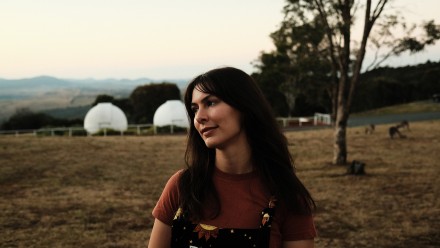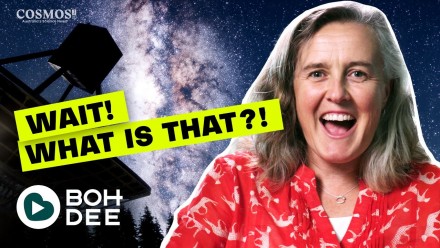RSAA Colloquium: Dr Ashley Ruiter
For the last decade, mergers of double white dwarfs have been considered to be a likely, possibly even favoured, progenitor scenario for Type Ia supernovae. Though the Milky Way harbours ~100 million double white dwarf binaries, only a small fraction of these will actually merge in a Hubble time and possess the "right" physical properties to produce a Type Ia supernova even if a merger occurs. A different outcome of a white dwarf merger is the creation of another type of stellar transient: a hydrogen-deficient carbon (HdC) star. We know of ~130 of such ‘dusty’, HdC stars in the Galaxy - these are the R Coronae Borealis (RCB) supergiants, and they are thought to be the end result of a merger of a carbon-oxygen white dwarf and a helium-rich white dwarf, though their formation is not completely understood. In 2021, another type of hydrogen-deficient carbon star was found in great numbers: 27 "dustless" HdC stars were spectroscopically confirmed in our own Milky Way with WiFeS, increasing the known number of this class from 4 (discovered >50 yrs ago) to 31. We have been granted time on the high-resolution (R~80,000) Veloce echelle spectrograph with the aim of disentangling the progenitor properties of the long-known ‘dusty’ RCB stars and the newly-discovered plethora of ‘dustless’ HdC stars - both classes of objects presumed to be the result of double white dwarf mergers. I will discuss how different formation channels of merging white dwarfs may be plausibly linked to both Type Ia supernovae as well as these 'failed' Type Ia supernovae: the HdC stars.













